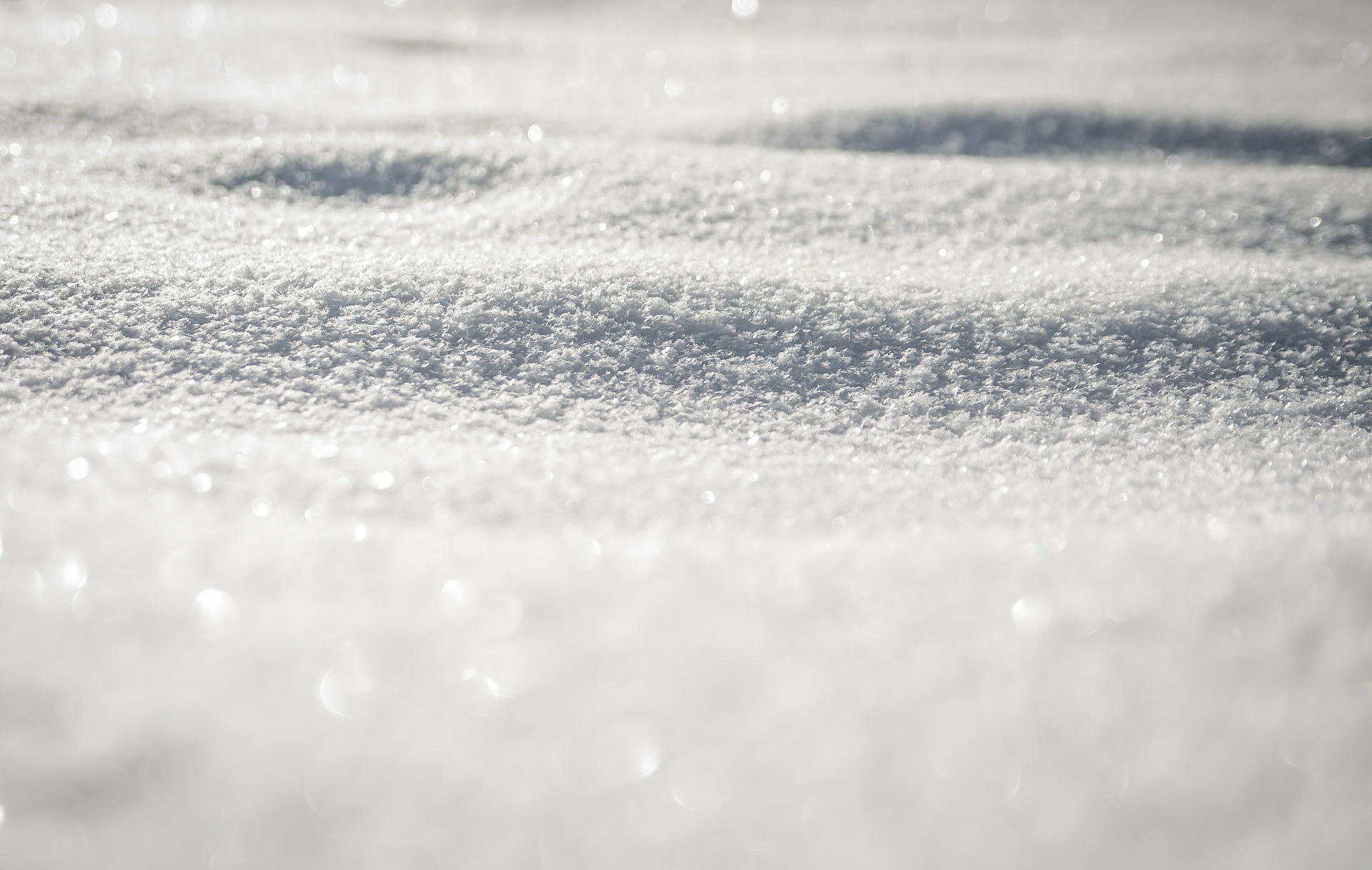How to Protect Your Garden From Snow and Ice
April showers bring May flowers. When the October frost dates come around, those beautiful spring and summer gardens are vulnerable to winter weather damage. Protect your garden during cold winter months with these tips from gardening experts.
What Should You Do Before the Snow Hits?
Start by “winter-proofing” your garden during the early fall months. Most autumn frost dates fall sometime in October. This is when the first frost is expected to freeze over your garden and lawn. Before the autumn frost date in your area, it’s important to adjust your plants and garden accordingly to best absorb the winter weather.
Professionals suggest that you move planters under a shed or porch for the winter months, to keep freezing water from expanding and breaking containers. Tie your plants and shrubs up in a cone shape with plant netting to prevent breakage and deformities.
How to Remove Snow From Your Garden, Plants and Trees
Using a broom or your hands, gently sweep snow off of plants and shrubs. Avoid sweeping downwards as this could break or detach an already twisted and vulnerable branch. It is important not to shake or pull the plants, as branches covered in snow will be brittle and stressed, so the least amount of manhandling will result in the best care. Remove snow from plants as it accumulates, rather than all at once. Brushing snow off of plants every few inches, prevents the plants from taking on too much weight from heavy snow.
What Should You Remove Snow From and What Should Be Left Alone?
Natural snow cover is actually believed to be safe and beneficial to your garden. Windblown drifts and even heavy snowfall actually creates an extra layer of insulation for your garden. Snow melts to provide the dry plants with the water that they need during the winter months. Natural snow drifts usually don’t cause damage to your garden.
Manmade snow drifts and snow fall from the roof can both cause serious damage to your garden. The snow that is shovelled or blown by a machine is heavy, dense, and slow to melt. Be conscious to not pile snow on top of your plants, and remove it gently if you do. The snow that falls from roofs can quickly break and destroy garden plants and shrubs.
If you can safely remove snow from your roof, experts encourage you to do so. If not, it is suggested that you build a temporary protection shelter for your plants out of wood.
Garden experts advise you to not remove ice from plants or branches, as this will likely break fragile and frail branches. Professionals also encourage people to be safe, and not to remove snow or ice that is above your head, as it may fall on top of you and be a safety hazard.


Got something to say?